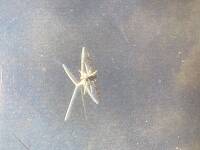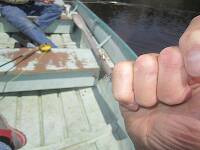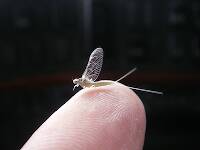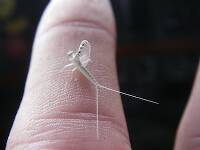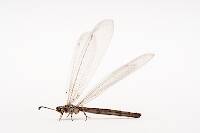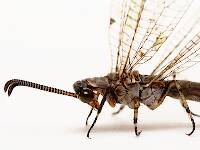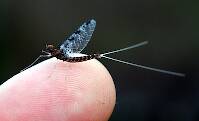
Blue-winged Olives
Baetis
Tiny Baetis mayflies are perhaps the most commonly encountered and imitated by anglers on all American trout streams due to their great abundance, widespread distribution, and trout-friendly emergence habits.
Featured on the forum

This specimen keys to the Epeorus albertae group of species. Of the five species in that group, the two known in Washington state are Epeorus albertae and Epeorus dulciana. Of the two, albertae has been collected in vastly more locations in Washington than dulciana, suggesting it is far more common. On that basis alone I'm tentatively putting this nymph in albertae, with the large caveat that there's no real information to rule out dulciana.

Troutnut is a project started in 2003 by salmonid ecologist Jason "Troutnut" Neuswanger to help anglers and
fly tyers unabashedly embrace the entomological side of the sport. Learn more about Troutnut or
support the project for an enhanced experience here.
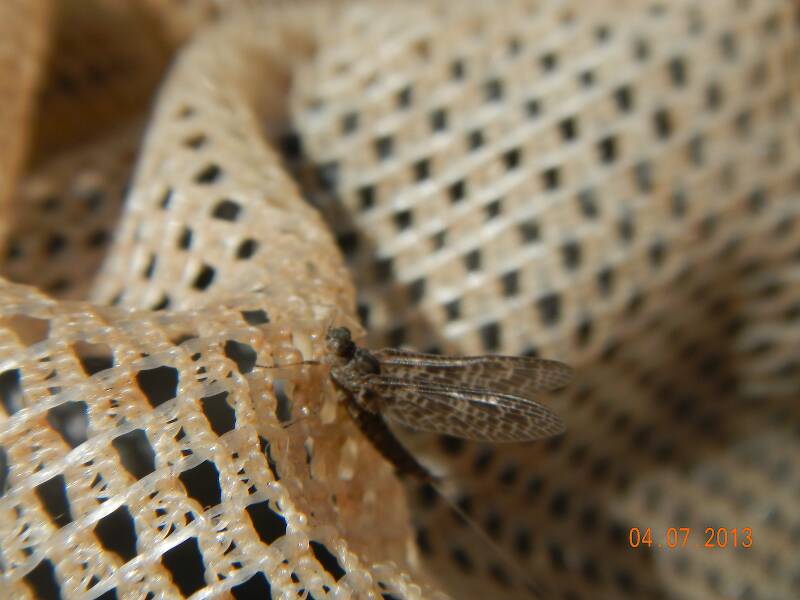
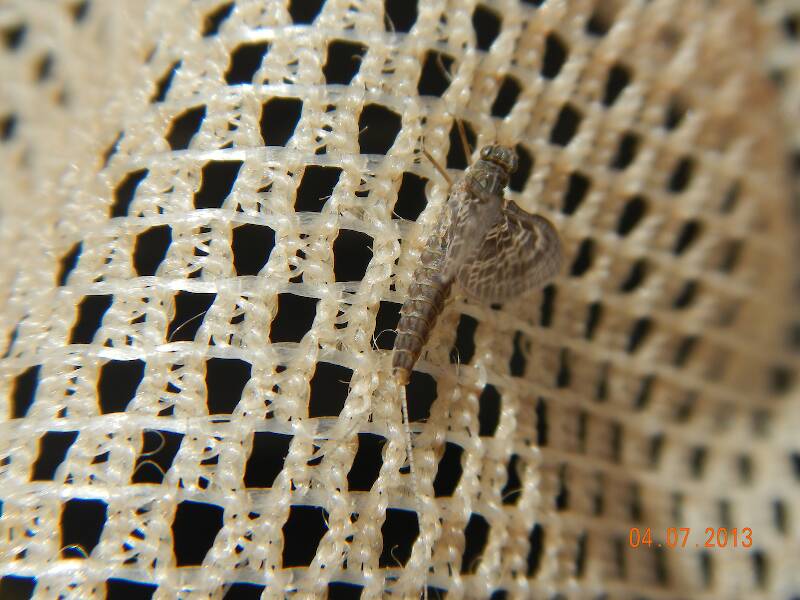
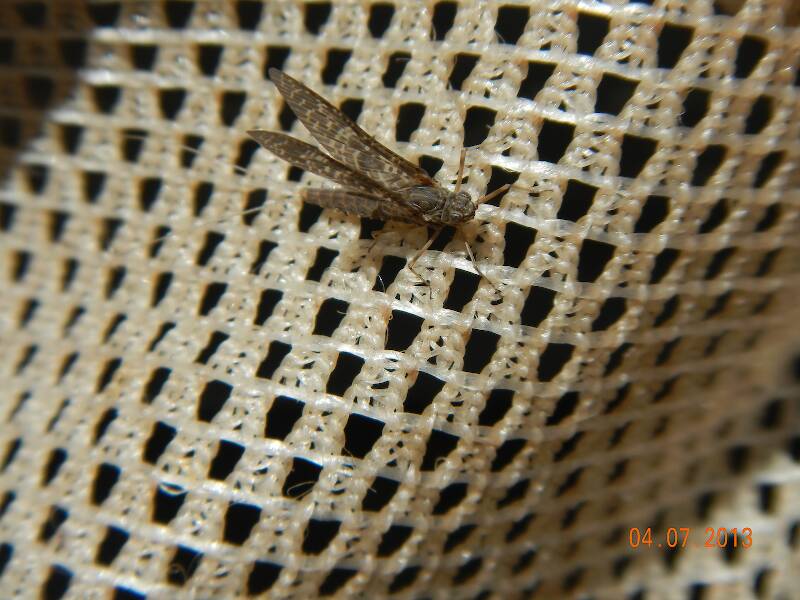
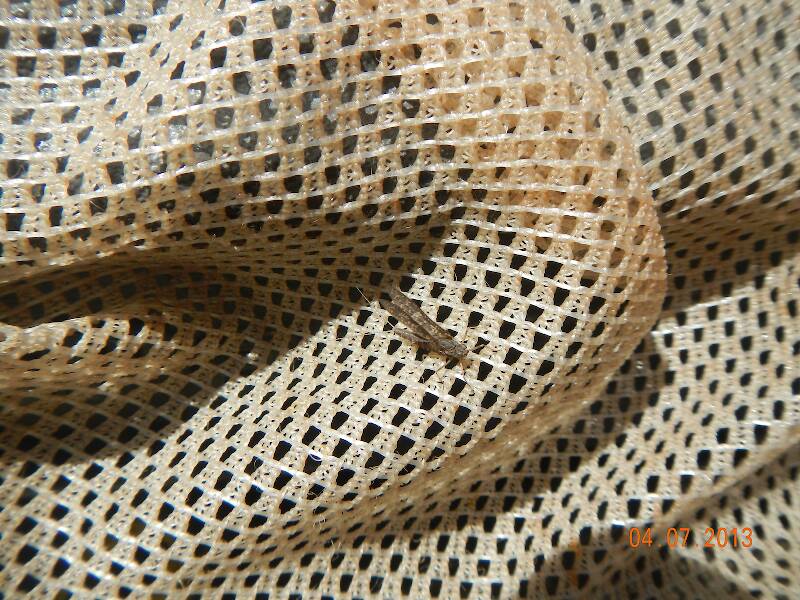
Fredw on Jul 4, 2013July 4th, 2013, 8:12 pm EDT
I believe this may be the dun from my previous post, but would like some clarification. The netting that you see is actually from my landing net.the spacing across three holes in the landing net is 11.74mm. not sure if the first pic is fully emerged
thanks for your help
Fred
thanks for your help
Fred
Taxon on Jul 4, 2013July 4th, 2013, 9:39 pm EDT
Hi Fred,
Yes, I believe it to be a Callibaetis female subimago, but would sure be a lot more comfortable making that call if I could see its hind wing. :-)
Yes, I believe it to be a Callibaetis female subimago, but would sure be a lot more comfortable making that call if I could see its hind wing. :-)
Entoman on Jul 10, 2013July 10th, 2013, 10:42 pm EDT
Hi Fred,
Now that is the way Callibaetis (Speckled Duns) usually look. Fairly confident it is C. ferrugineus hageni. The clear wings on your earlier topic's specimen made me cautious but I have no doubts about this one. Is it the same species? Most likely, as the male spinners can have clear wings without the blotches normally associated with this genus. Its nymphs are very good swimmers and actively dart around in the weeds prior to and during hatching. They are a favorite trout food and by far our most important western stillwater mayfly.
Now that is the way Callibaetis (Speckled Duns) usually look. Fairly confident it is C. ferrugineus hageni. The clear wings on your earlier topic's specimen made me cautious but I have no doubts about this one. Is it the same species? Most likely, as the male spinners can have clear wings without the blotches normally associated with this genus. Its nymphs are very good swimmers and actively dart around in the weeds prior to and during hatching. They are a favorite trout food and by far our most important western stillwater mayfly.
"It's not that I find fishing so important, it's just that I find all other endeavors of Man equally unimportant... And not nearly as much fun!" Robert Traver, Anatomy of a Fisherman
Quick Reply
Related Discussions
Topic
Replies
Last Reply
10
Jul 27, 2008
by Phillyfired
by Phillyfired
6
Nov 4, 2011
by Dinerobyn
by Dinerobyn




